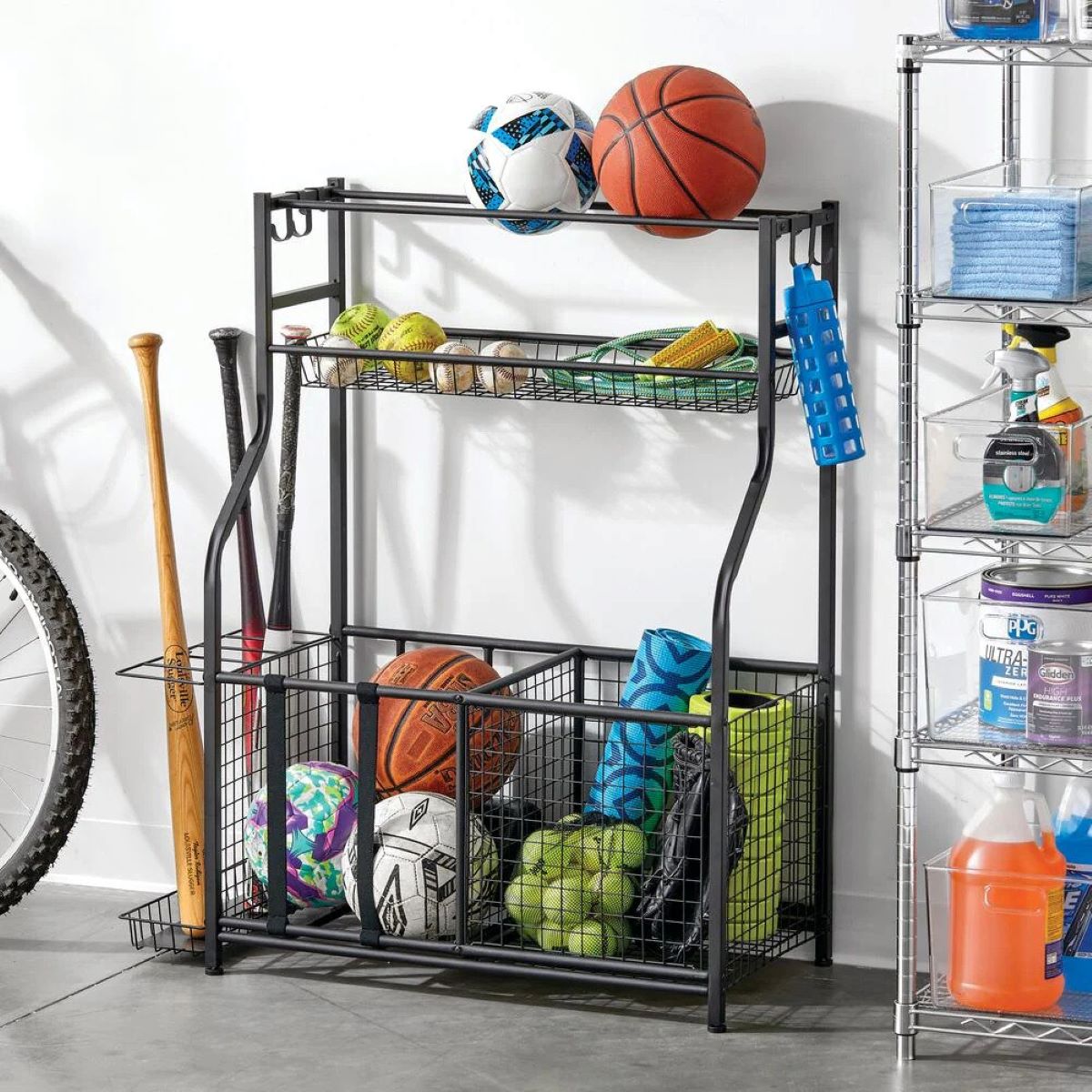

Articles
How To Store Sports Equipment
Modified: March 1, 2024
Learn how to properly store your sports equipment and keep it in top condition with these helpful articles. Get expert tips and tricks to maximize the lifespan of your gear.
(Many of the links in this article redirect to a specific reviewed product. Your purchase of these products through affiliate links helps to generate commission for Storables.com, at no extra cost. Learn more)
Introduction
When it comes to participating in sports, having the proper equipment is essential. Whether you’re an avid athlete or a casual sports enthusiast, you know the importance of equipment in enhancing your performance and enjoyment. But what happens when the game is over or the season ends? Properly storing your sports equipment becomes crucial to ensure its longevity and functionality.
In this article, we will explore various strategies for storing different types of sports equipment. From organizing small accessories to safely storing bicycles and maintaining winter gear, we will provide you with practical tips to keep your equipment in top shape and ready to use whenever you need it.
Creating a designated storage space for your sports equipment is the first step toward maintaining an organized and clutter-free environment. This space can be a corner in your garage, a dedicated room, or even a storage shed. The key is to have an area where you can store all your equipment and easily access it when needed.
Once you have a designated storage space, it’s time to start organizing. Small sports equipment, such as gloves, helmets, and pads, can easily become scattered and difficult to find. By using bins, hooks, and shelves, you can create a system that keeps everything in its place and easily accessible. Consider labeling bins and shelves to further streamline the process.
When it comes to storing balls and larger equipment, it’s important to keep them in good condition and prevent them from taking up too much space. Using ball racks, bins, or hanging nets can help you keep balls organized and off the floor. For larger equipment like hockey sticks or baseball bats, consider using vertical storage racks to save space.
One particular challenge many athletes face is how to safely store bicycles. Bicycles can take up a significant amount of space and can be prone to damage if not stored properly. Investing in bike racks or hooks can help you maximize space while keeping your bicycles securely stored. If you don’t have access to indoor storage, consider using outdoor bike sheds or covers to protect your bikes from the elements.
Key Takeaways:
- Properly storing and organizing sports equipment is crucial for maintaining its longevity and functionality. Utilize designated storage spaces, vertical storage solutions, and proper cleaning and maintenance to keep gear in top condition.
- From small accessories to bicycles and water sports gear, specific storage and maintenance strategies are essential for different types of sports equipment. Implementing these tips ensures gear remains organized, accessible, and in optimal condition for use.
Read more: How To Store Skis
Creating Storage Space
When it comes to storing sports equipment, having a designated storage space is essential. This will not only keep your equipment organized but also help prolong its lifespan. Here are some tips for creating an efficient storage space for your sports gear:
1. Evaluate your available space: Start by assessing the available space in your home or garage. Look for areas that can be dedicated to sports equipment storage, such as a corner or a wall.
2. Clear out clutter: Before setting up your storage space, declutter and get rid of any unnecessary items. This will free up more space for your sports gear and make it easier to organize.
3. Utilize vertical space: Make the most of your storage area by utilizing vertical space. Install shelves, racks, or hooks on the walls to hang equipment, such as helmets, jerseys, or backpacks. This will free up floor space and make it easier to find and access your gear.
4. Invest in storage containers: Use clear plastic bins or stackable storage containers to store smaller items like gloves, balls, or accessories. Label each container to easily identify the contents and streamline the retrieval process.
5. Consider overhead storage: If you have high ceilings, consider using overhead storage solutions, such as ceiling racks or hoists. This can be particularly useful for storing items like kayaks or surfboards, keeping them out of the way and protected.
6. Create a designated area for each sport: Separate your gear by sport or activity to make it easier to locate and access what you need. For example, have a specific area for your soccer equipment, another for your golf clubs, and so on.
7. Install pegboards: Pegboards are versatile and practical storage solutions. Attach a pegboard to the wall and hang hooks or baskets to hold smaller sporting equipment like rackets, baseball bats, or goggles.
8. Use storage racks: Install storage racks specifically designed for sports equipment, such as ball racks or bike racks. These racks will keep your gear organized and prevent it from taking up too much space.
9. Consider portable storage options: If you’re short on indoor space, consider investing in portable storage options, such as rolling carts or portable lockers. These can be easily moved around and provide additional storage capacity.
10. Keep it clean: Regularly clean your storage area to ensure that dust and dirt do not accumulate on your equipment. This will help maintain their condition and prevent any damage.
By following these tips and creating an efficient storage space for your sports equipment, you can not only keep your gear organized but also ensure its longevity and usability for years to come.
Organizing Small Sports Equipment
Small sports equipment such as gloves, helmets, pads, and other accessories can easily become disorganized and difficult to find. To keep these items in order and readily accessible, consider the following tips for organizing small sports equipment:
1. Use clear storage bins: Opt for clear plastic bins or containers to store smaller items. This allows you to easily see the contents without having to open each bin, saving you time and effort. Label each bin according to the specific sport or equipment it holds to quickly identify what you need.
2. Separate by sport or activity: Dedicate separate bins or compartments for each sport or activity. For example, have a bin for soccer equipment, another for basketball, and so on. This will streamline the process of finding and accessing the right gear for each activity.
3. Utilize smaller compartments: Within each bin, use smaller compartments or dividers to further organize items. This is especially useful for small accessories like mouthguards, goggles, or wristbands. You can easily find compartmentalized boxes or invest in adjustable dividers to create customized spaces within the bin.
4. Hang items on hooks: Install hooks on walls or inside storage closets to hang items like helmets, gloves, or jerseys. This not only keeps them organized but also allows them to air out and dry after use, preventing unpleasant odors or mold growth.
5. Invest in a shoe organizer: Shoe organizers with pockets can be repurposed to store smaller items like sports balls, wristbands, or small accessories. Hang them on the back of a door or inside a closet to free up floor space.
6. Use labeled drawers: If you have a storage console or multi-drawer cabinet, use each drawer to store specific items. Label the drawers accordingly to easily find what you need. For example, one drawer can be labeled “Gloves,” another “Hats,” and so on.
7. Utilize over-the-door organizers: Over-the-door organizers with pockets or hooks can be great for storing smaller items, such as shin guards, elbow pads, or water bottles. Hang them on the back of a closet door or inside the equipment storage area for easy access.
8. Keep frequently used items within reach: Place frequently used small items within easy reach. For example, keep spare balls, water bottles, or extra accessories in a basket near the entrance of your storage area, making them readily accessible before each practice or game.
9. Consider a pegboard: Install a pegboard on the wall and use hooks or hanging baskets to store small sports equipment. This is a versatile solution that allows for customization and easy reorganization whenever needed.
10. Regularly declutter and reorganize: Set aside time every few months to declutter and reorganize your small sports equipment. Remove any items that are no longer needed or in good condition, and rearrange the storage containers or compartments as necessary. This helps maintain a neat and efficient system.
By implementing these organizing strategies, you can keep your small sports equipment tidy, accessible, and in top condition for whenever you need it.
Storing Balls and Large Equipment
When it comes to storing balls and larger sports equipment, it’s important to keep them organized and prevent them from taking up unnecessary space. Here are some tips for storing balls and large equipment:
1. Use ball racks: Invest in ball racks to keep your sports balls organized and off the floor. Ball racks are available in various sizes and can hold multiple balls, ensuring they are easily accessible. Consider placing the ball rack in a corner or against a wall to maximize space.
2. Use mesh bags or bins: If you have a large collection of balls for different sports, consider using mesh bags or bins to store and organize them. Label each bag or bin with the type of ball it contains, such as soccer balls, basketballs, or footballs. This allows for easy identification and retrieval of the desired ball.
3. Hang equipment on wall hooks or pegboards: For larger equipment like hockey sticks, lacrosse sticks, or baseball bats, use wall hooks or pegboards to hang them vertically. This not only keeps them organized but also saves valuable floor space.
4. Use vertical storage racks: If you have limited floor space, consider using vertical storage racks specifically designed for larger equipment. These racks allow you to store equipment such as skis, snowboards, or golf clubs vertically, maximizing space.
5. Consider wall-mounted shelving: Install wall-mounted shelves to store larger items like helmets, protective gear, or heavy equipment bags. This keeps them off the floor and prevents them from cluttering up the space.
6. Utilize storage bins: Larger sports equipment that cannot be easily hung or stored on racks can be stored in durable storage bins. Make sure the bins are sturdy enough to hold the weight of the equipment and label them for easy identification.
7. Stackable storage solutions: If you have a limited amount of space, consider using stackable storage solutions for large items such as exercise mats or agility cones. Choose stackable containers that can be easily moved and provide a secure storage option.
8. Invest in gear organizers: Gear organizers are designed specifically to store and organize larger sports equipment. These organizers often have designated sections for items like helmets, pads, and shoes. This helps to keep them organized and prevents them from getting misplaced or damaged.
9. Utilize overhead storage: If you have a high ceiling or rafters, consider utilizing overhead storage solutions. Use hoists or overhead storage racks to hang items like bicycles, kayaks, or paddleboards. This frees up valuable floor space while keeping your equipment safely stored.
10. Clear pathways: Make sure to keep clear pathways to access your stored balls and equipment. This ensures easy and safe retrievals and reduces the risk of accidents or damage to the equipment.
By implementing these storage tips, you can keep your balls and large sports equipment organized, easily accessible, and in good condition, ready for your next game or practice session.
Safely Storing Bicycles
Bicycles are valuable investments, and proper storage is essential to protect them from damage and ensure their longevity. Whether you have one bike or a collection of bicycles, here are some tips for safely storing your bikes:
1. Indoor storage: If you have the space, storing your bicycles indoors is the best option to protect them from the elements. Find a secure and dry area, such as a garage or dedicated bike room, where you can store your bikes safely.
2. Wall-mounted hooks and racks: Use wall-mounted hooks or racks to hang your bikes vertically. This not only saves space but also prevents the bikes from leaning against each other and causing damage. Make sure to use hooks specifically designed for bicycles and mount them securely into the wall.
3. Free-standing bike racks: If you have multiple bikes or limited wall space, consider investing in free-standing bike racks. These racks can hold multiple bikes and provide a stable and organized storage solution. Choose racks made of sturdy materials that can withstand the weight of the bikes.
4. Ceiling hoists: Ceiling hoists are ideal for maximizing vertical space in your storage area. These hoists allow you to lift your bike and suspend it from the ceiling, keeping it out of the way and protecting it from potential damage. Ensure that the hoist is properly installed and securely fastened.
5. Bicycle storage hooks: Use storage hooks mounted on the ceiling or walls to hang your bike by its wheels. This keeps the bike suspended and prevents any pressure on the frame. Make sure to position the hooks securely and at a height that allows for easy hanging and removal of the bikes.
6. Outdoor storage options: If indoor storage is not possible, consider outdoor storage options such as bike sheds, lockers, or covers. Choose a weatherproof and secure option that provides protection from rain, sun, and theft. Make sure to properly secure your bike with a lock, even when stored outdoors.
7. Keep tires inflated: Before storing your bike, ensure that the tires are properly inflated. This helps prevent flat spots and maintains the integrity of the tires. It’s also a good idea to rotate the wheels periodically if the bike is stored for an extended period.
8. Lubricate moving parts: Apply lubrication to the chain, gears, and other moving parts of the bike before storing it. This helps prevent rust and keeps the bike in good working condition. Avoid applying excessive lubricant, as it can attract dirt and dust.
9. Use protective covers: If storing your bike outdoors, use a protective cover to shield it from dust, UV rays, and other elements. Choose a cover specifically designed for bicycles and make sure it properly fits your bike’s dimensions.
10. Regularly inspect and maintain: Regularly inspect your stored bikes to ensure they are in good condition. Check for any signs of damage, rust, or wear, and address any issues promptly. Keeping your bikes clean and well-maintained will help prolong their lifespan.
By following these tips for safely storing your bicycles, you can protect your investment and keep your bikes in excellent condition for many rides to come.
Store sports equipment in a clean, dry area to prevent damage and deterioration. Use shelves, hooks, and bins to keep items organized and easily accessible. Clean and properly maintain equipment before storing to prolong its lifespan.
Read more: How To Store A Bow
Properly Storing Water Sports Gear
Water sports gear, such as snorkels, fins, wetsuits, and other equipment, requires special care and storage to ensure its longevity and effectiveness. Here are some tips for properly storing your water sports gear:
1. Rinse with fresh water: After each use, rinse your water sports gear with fresh water to remove salt, sand, and other debris. This helps prevent corrosion and deterioration of materials.
2. Dry thoroughly: Before storing, make sure your gear is completely dry to prevent the growth of mold or mildew. Hang wetsuits, neoprene gear, and towels in a well-ventilated area or use a drying rack.
3. Use proper hangers: Hang wetsuits and drysuits on wide, padded hangers to maintain their shape and prevent stretching. Avoid using wire hangers, as they can damage the fabric.
4. Store in a cool, dry place: Store your water sports gear in a cool, dry area away from direct sunlight. Excessive heat and sunlight can cause materials to deteriorate and shorten the lifespan of your gear.
5. Use gear bags or containers: Invest in gear bags or containers specifically designed for water sports equipment. These provide protection from dust, dirt, and moisture. Make sure the bags or containers are clean and dry before storing your gear inside.
6. Separate wet and dry gear: Avoid storing wet gear with dry gear to prevent moisture from transferring and causing damage. Always ensure your gear is completely dry before storing it.
7. Store fins properly: To prevent distortion and damage, store fins flat or hang them by their straps in a cool, dry space. Avoid storing heavy objects on top of your fins, as this can cause them to warp.
8. Hang snorkels and masks: Hang your snorkels and masks with the lenses facing upward to prevent distortion and scratches. Use hooks or dedicated racks to keep them securely stored.
9. Use equipment organizers: Consider using equipment organizers with compartments or dividers to keep smaller water sports gear, such as snorkel mouthpieces, pins, and small accessories, organized and easily accessible.
10. Check and maintain regularly: Regularly check your water sports gear for any signs of damage or wear. Inspect straps, buckles, and zippers for functionality. Replace any damaged parts or gear as necessary.
By following these tips for properly storing your water sports gear, you can help prolong its lifespan and ensure it remains in optimal condition for your next aquatic adventure.
Storing Winter Sports Equipment
Winter sports equipment, including skis, snowboards, boots, and other gear, requires proper storage to protect it during the off-season and ensure its longevity. Here are some tips for storing your winter sports equipment:
1. Clean and dry: Before storing your winter sports gear, make sure to clean and dry each item thoroughly. Remove any dirt, snow, or moisture to prevent corrosion or damage.
2. Wax your skis or snowboard: Apply a coat of wax to your skis or snowboard before storing them. This helps protect the base material and keeps it in good condition during the off-season. Make sure to follow the manufacturer’s instructions for waxing.
3. Store in a temperature-controlled environment: Find a cool, dry place to store your winter sports equipment. Avoid storing it in areas that experience extreme temperatures or high humidity, as this can cause damage to the gear.
4. Use protective bags or covers: Invest in protective bags or covers designed specifically for skis, snowboards, and boots. These help prevent scratches, dirt, and moisture from damaging your gear. Make sure the bags or covers are clean and dry before storing your equipment.
5. Store skis and snowboards horizontally: Place skis and snowboards horizontally when storing them to prevent warping or bending. If you must store them vertically, use a ski rack or snowboard wall mount designed for this purpose.
6. Store boots properly: Dry your boots thoroughly before storing them. Keep them in a cool, dry place to prevent mold or mildew growth. Avoid storing boots with objects pressing against them as this can cause them to lose their shape.
7. Use equipment organizers: Utilize equipment organizers with compartments or dividers to keep small winter sports accessories, such as gloves, goggles, and helmets, organized and easily accessible.
8. Hang or rack up equipment: Install wall-mounted racks or hooks to hang your winter sports gear, such as jackets or pants. This helps free up floor space and prevents the gear from getting crumpled or damaged.
9. Regularly inspect and maintain: Check your winter sports equipment periodically for any signs of damage or wear. Inspect bindings, zippers, and other components to ensure they are in good working condition. Replace any damaged parts or gear as necessary.
10. Label and organize: Use labels or color-coded tags to easily identify your winter sports equipment and keep everything organized. Label bags and boxes with the contents or specific gear type to quickly locate what you need.
By following these tips for storing your winter sports equipment properly, you can maintain the condition of your gear and ensure it’s ready for the slopes when the next winter season arrives.
Cleaning and Maintaining Sports Equipment
Proper cleaning and maintenance of sports equipment is essential in ensuring its longevity, performance, and hygiene. Whether you play team sports, engage in individual activities, or enjoy outdoor adventures, here are some tips for cleaning and maintaining your sports equipment:
1. Read the manufacturer’s instructions: Before cleaning any equipment, refer to the manufacturer’s instructions for specific cleaning and maintenance guidelines. Different materials may require different care methods.
2. Wipe down equipment after use: After each use, wipe down your equipment with a clean cloth or towel to remove any dirt, sweat, or debris. This helps prevent the buildup of grime and keeps your gear in better condition.
3. Use appropriate cleaning solutions: For hard surfaces like helmets or protective gear, use mild soap and water or specific equipment cleaning solutions. Avoid harsh chemicals that may damage the materials.
4. Remove and clean removable parts: For equipment with removable parts, such as helmets or pads, take off the removable pieces and clean them separately. This ensures a thorough cleaning and prevents any buildup in hard-to-reach areas.
5. Air out and dry your equipment: After cleaning, make sure to thoroughly air out and dry your equipment before storing it. This helps prevent the growth of mold, mildew, and odors. Use a drying rack or hang items in a well-ventilated area.
6. Clean footwear: If you have sports shoes or cleats, remove any excess dirt or mud, and clean them according to their specific cleaning instructions. Consider using shoe deodorizers or inserts to keep them fresh-smelling.
7. Inspect for damage: Regularly inspect your sports equipment for any signs of wear, tear, or damage. Check for loose stitches, tears, or broken parts. Address any issues promptly to prevent further damage and ensure the safety of your gear.
8. Maintain equipment integrity: Follow any recommended maintenance procedures for your equipment, such as tightening screws, lubricating hinges, or replacing worn-out parts. This helps maintain the integrity and functionality of your gear.
9. Store equipment properly: Proper storage plays a vital role in equipment maintenance. Follow the storage tips mentioned earlier for each specific type of sports equipment to prevent damage and prolong its lifespan.
10. Know when to replace: No matter how well you maintain your equipment, there will come a time when it needs to be replaced. Keep an eye out for signs of irreparable damage, such as cracked helmets, frayed ropes, or worn-out padding. Replace equipment to ensure your safety and optimal performance.
By incorporating proper cleaning and maintenance practices into your routine, you can extend the lifespan of your sports equipment, optimize its performance, and ensure a safe and enjoyable experience every time you participate in your favorite activities.
Conclusion
Taking care of your sports equipment is essential to maintaining its longevity, performance, and safety. By following the tips and strategies outlined in this article, you can properly store and maintain your sports gear, ensuring it remains in top condition and ready for use whenever you need it.
Creating a designated storage space and organizing your equipment helps keep everything easily accessible and reduces the risk of damage. Utilizing storage solutions such as bins, hooks, shelves, and racks provides a systematic and tidy approach to storing your gear. Additionally, labeling containers and using dividers can further enhance organization and retrieval efficiency.
When it comes to specific types of sports equipment, such as small accessories, balls, bicycles, water sports gear, and winter sports equipment, there are unique considerations to keep in mind. Cleaning gear, properly drying it, and using appropriate storage solutions are critical steps in maintaining the functionality and integrity of your equipment. Regular inspections, maintenance, and knowing when to replace worn-out items are also essential for optimal performance and safety.
Remember to consult manufacturer guidelines for specific care instructions, as different materials may require different cleaning methods and products. Prioritize proper cleaning and maintenance habits, such as wiping down equipment after use, regularly airing it out, and addressing any damages promptly.
By investing time and effort into organizing, cleaning, and maintaining your sports equipment, you can maximize its lifespan, optimize performance, and ensure a safe and enjoyable experience every time you partake in your favorite sports and activities.
So, take the necessary steps to properly store and care for your sports equipment. Your gear will thank you with improved performance and a longer lifespan, ensuring that you can continue to pursue your passion for sports with the best equipment at hand.
Frequently Asked Questions about How To Store Sports Equipment
Was this page helpful?
At Storables.com, we guarantee accurate and reliable information. Our content, validated by Expert Board Contributors, is crafted following stringent Editorial Policies. We're committed to providing you with well-researched, expert-backed insights for all your informational needs.
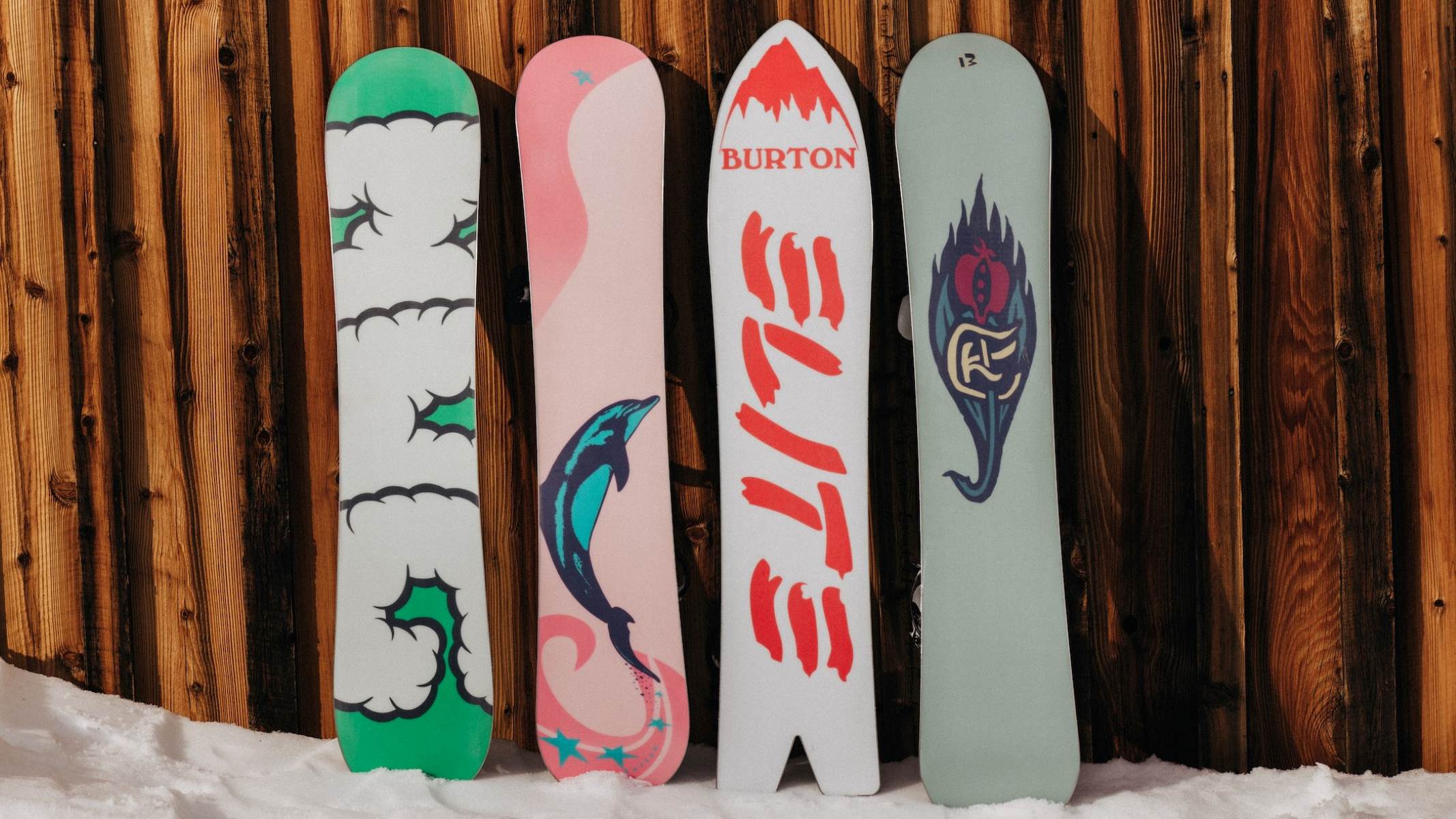

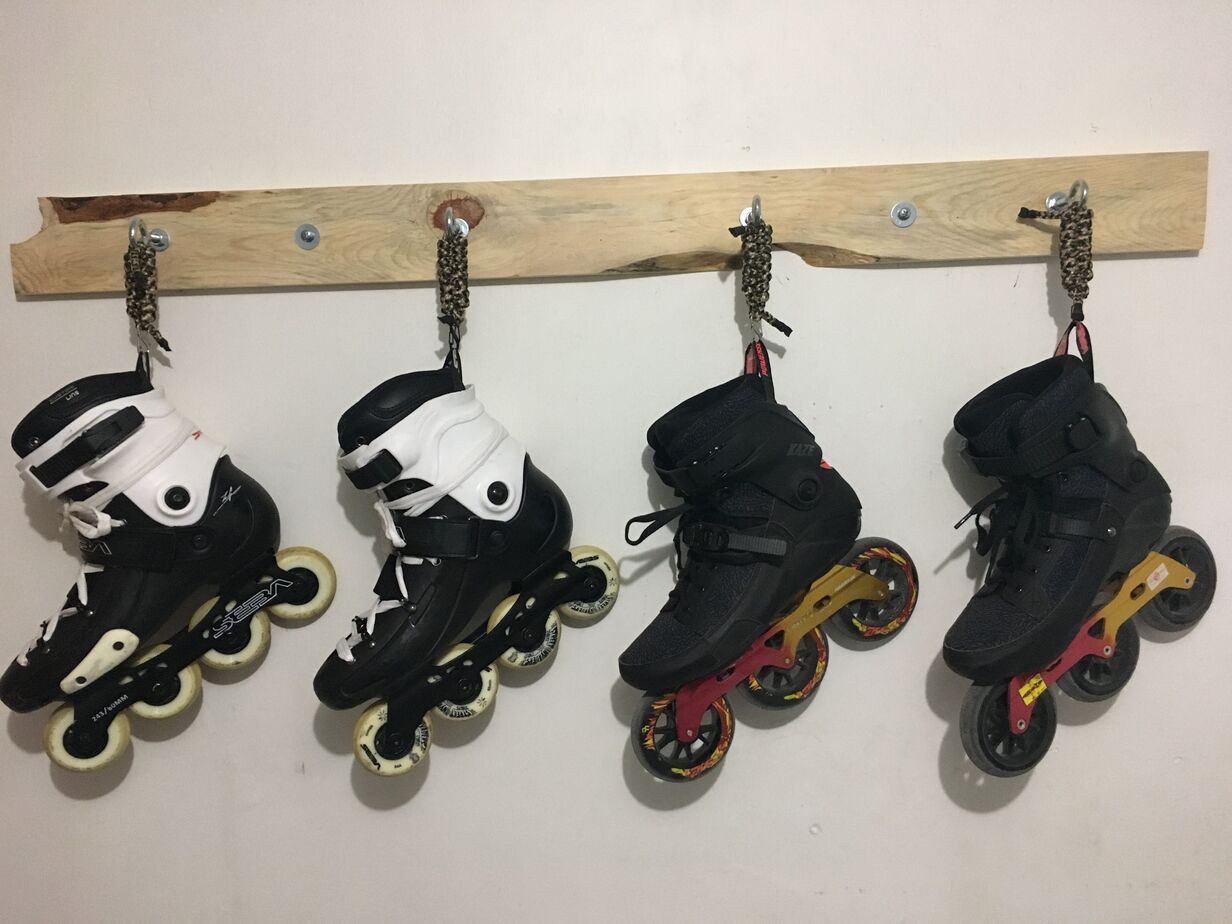
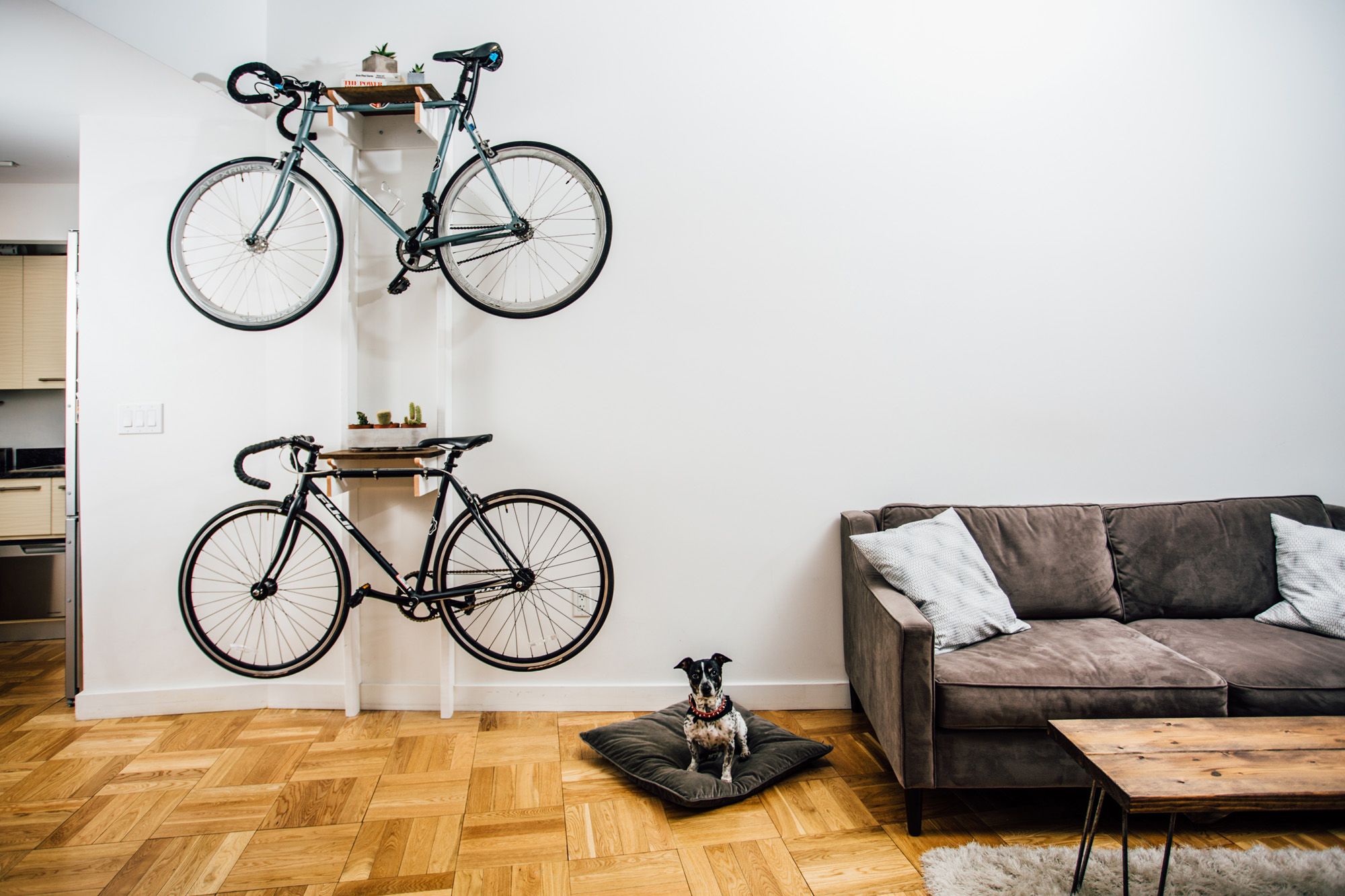
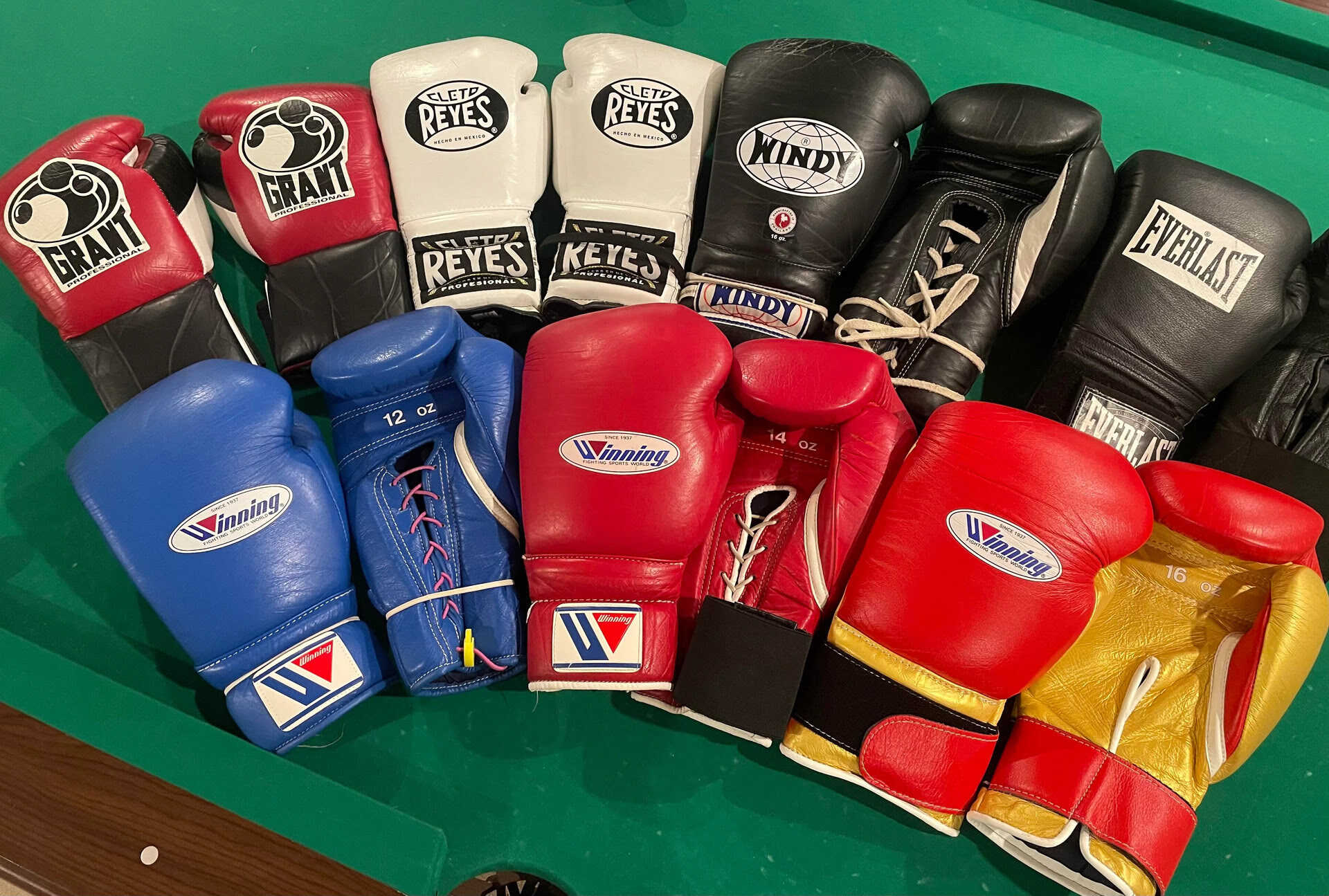
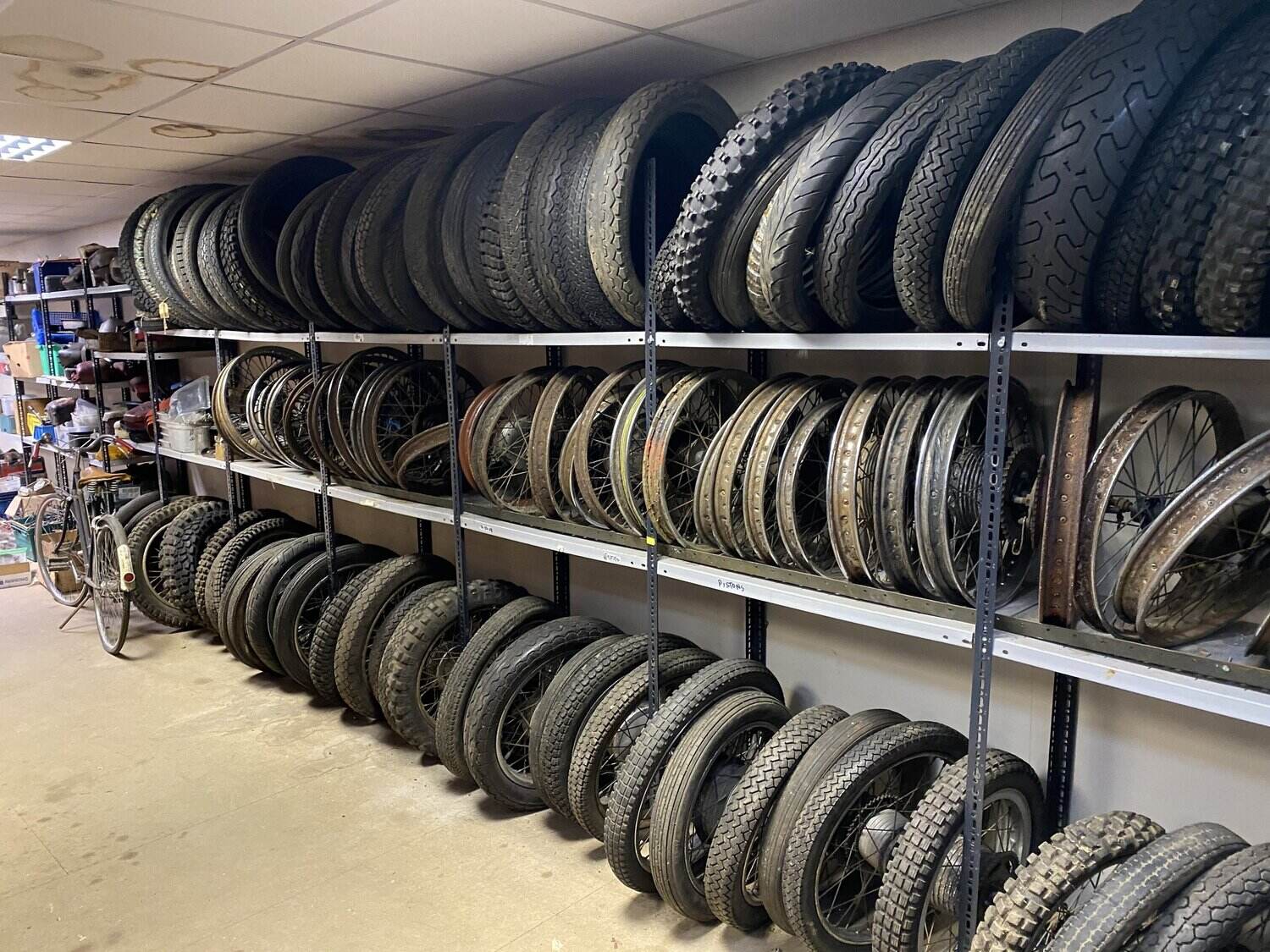
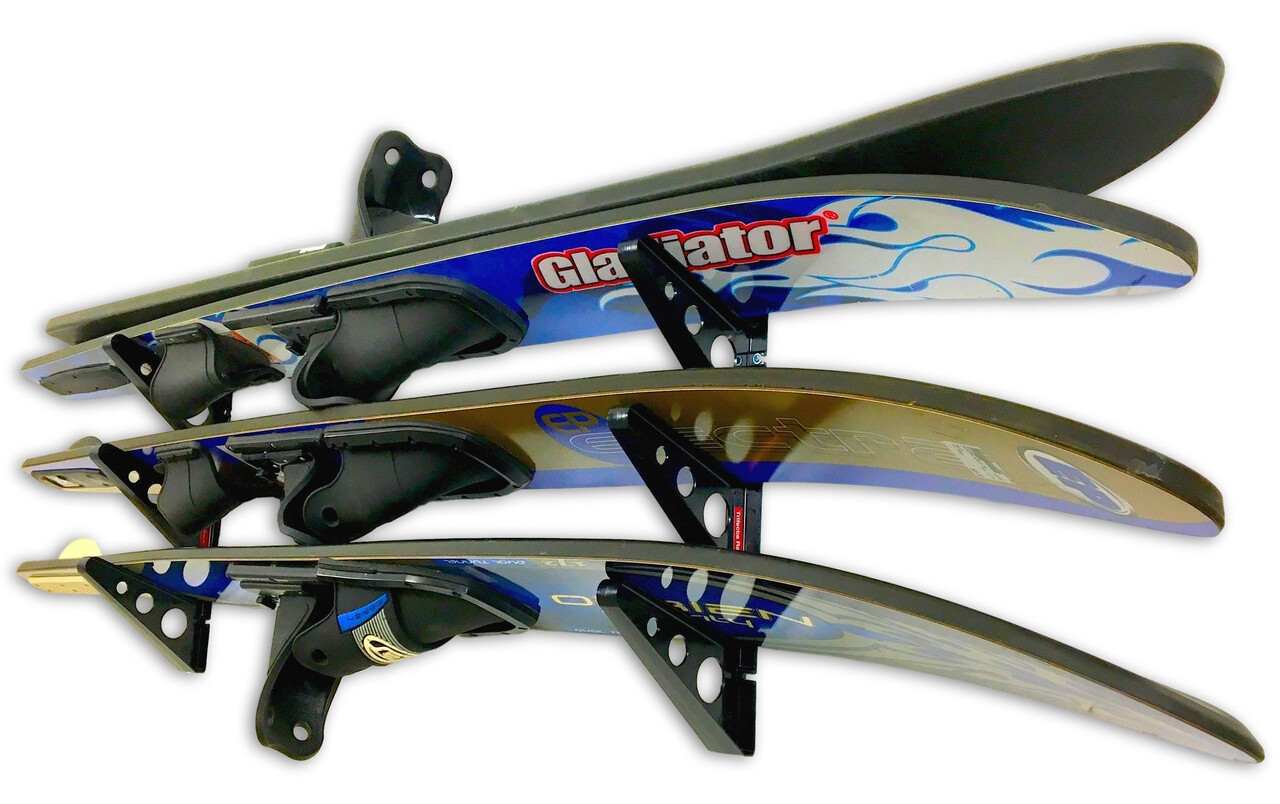
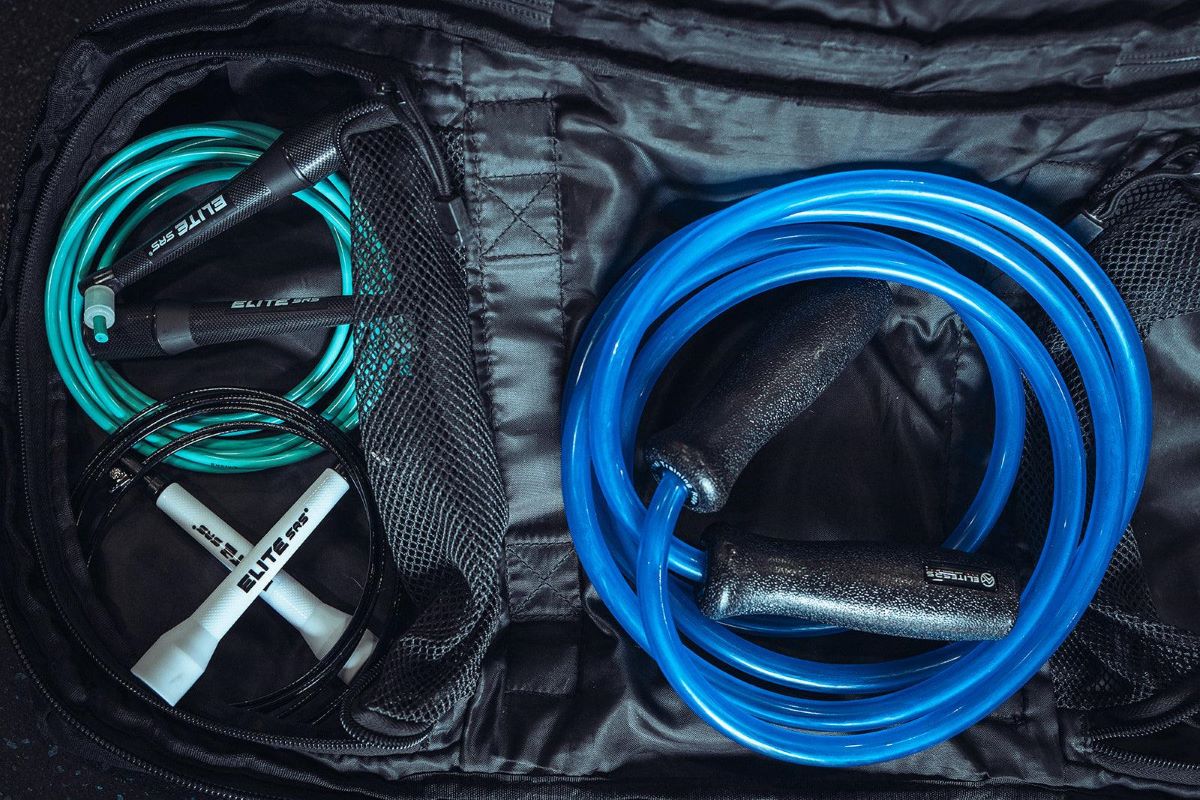
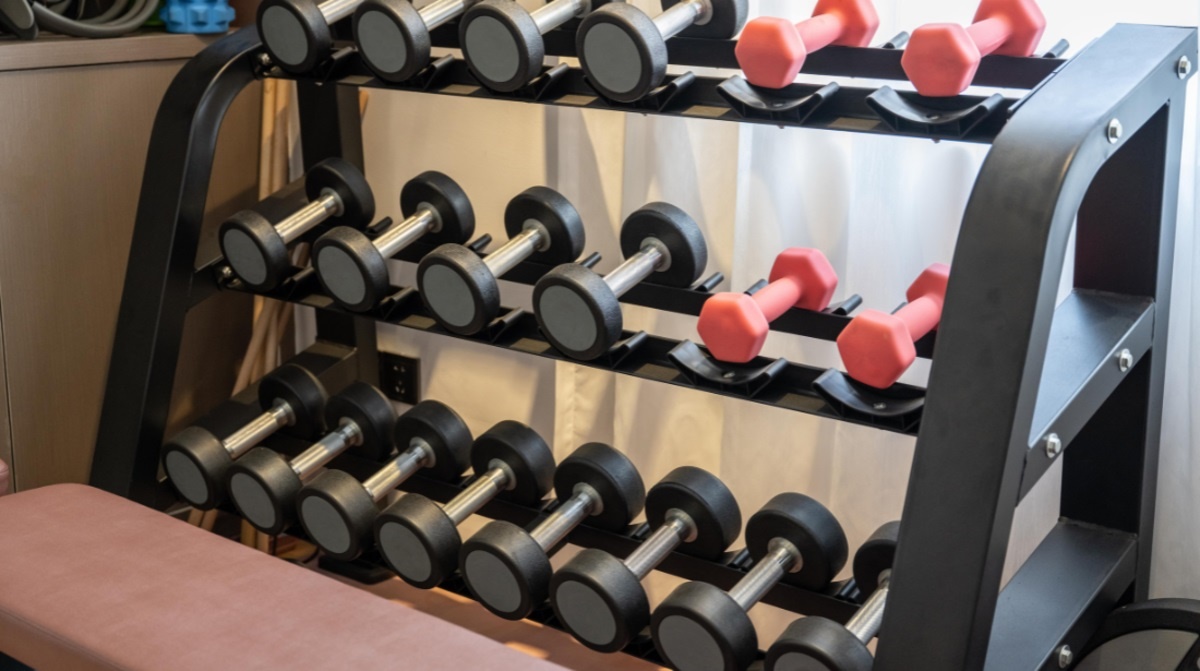
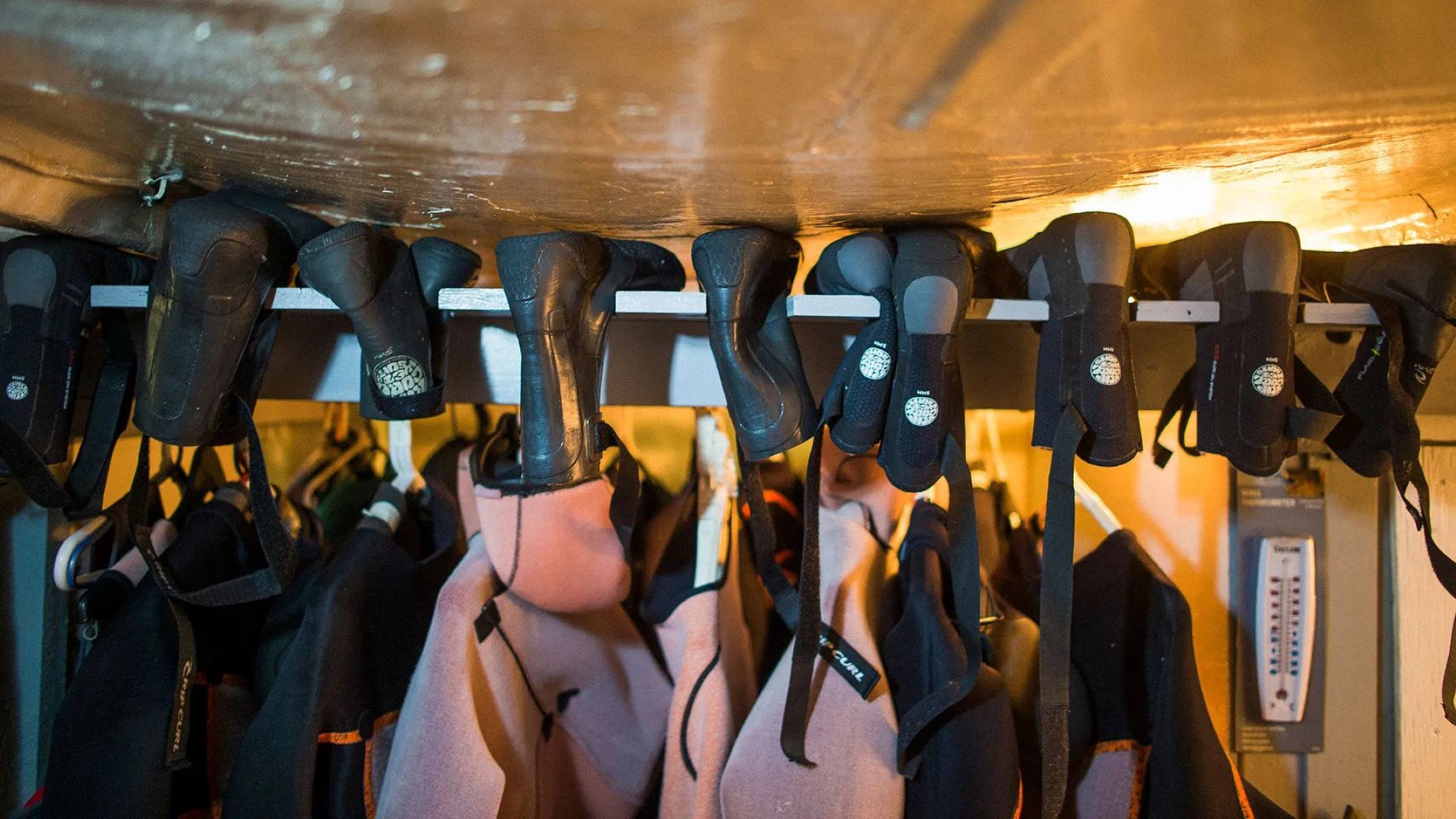
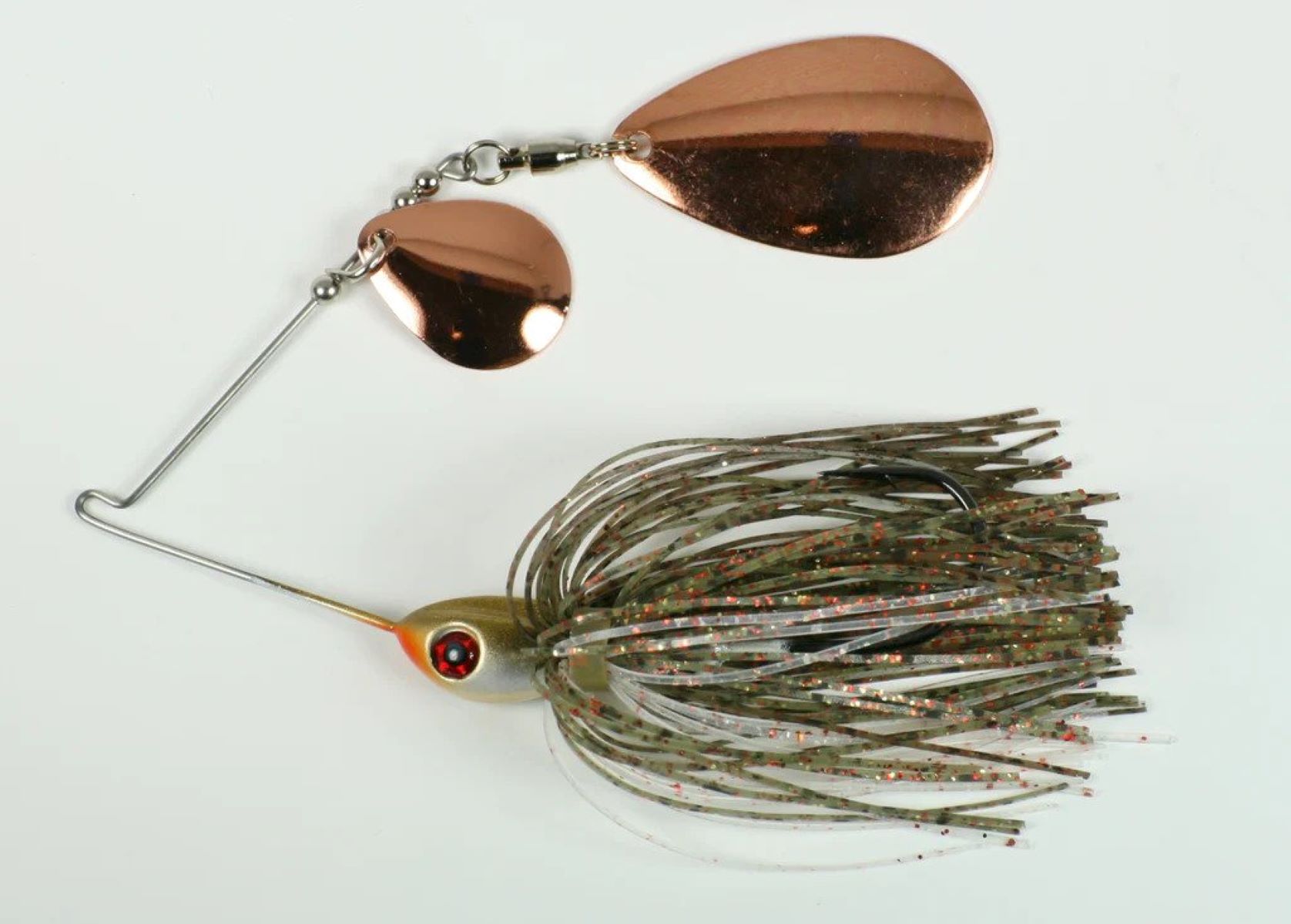
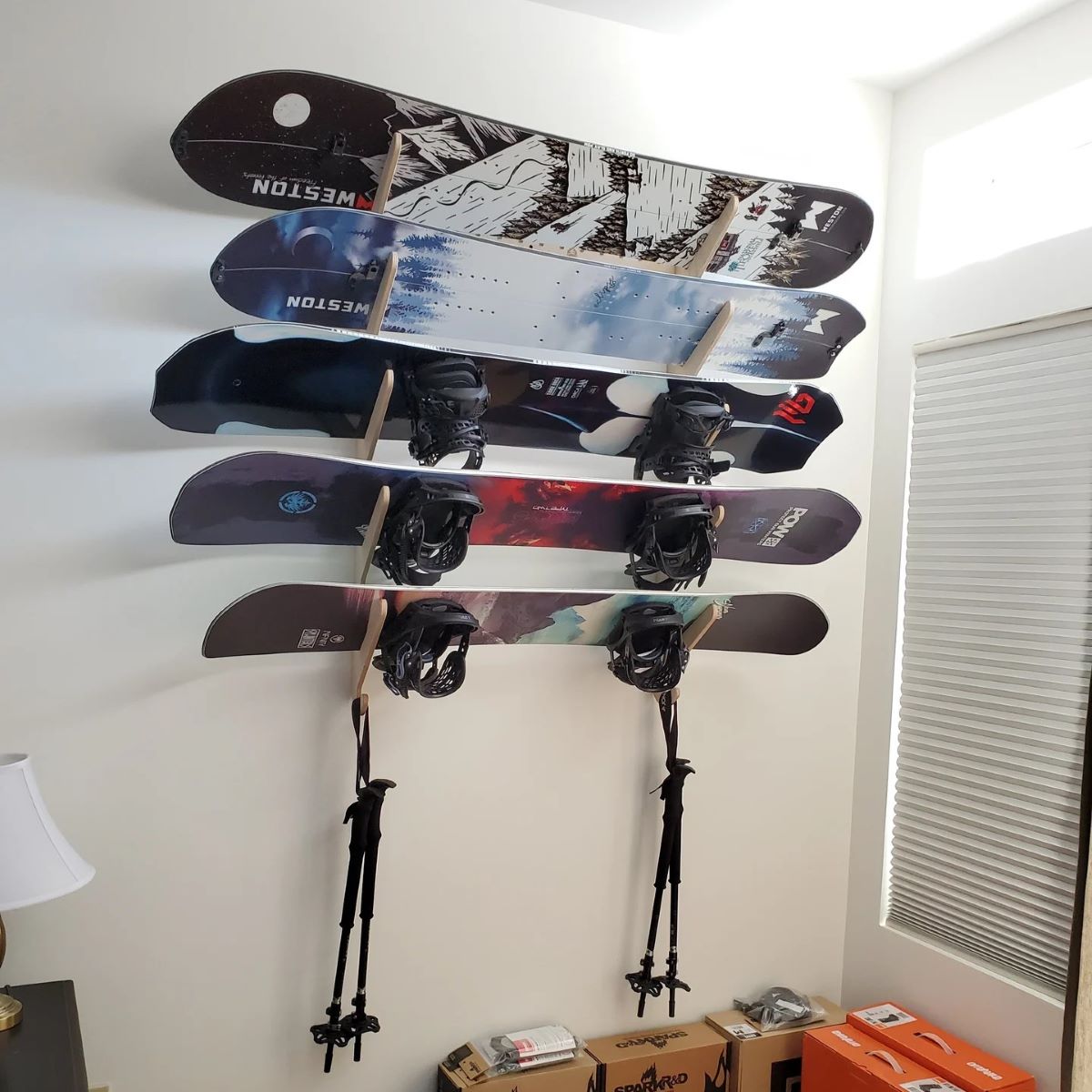
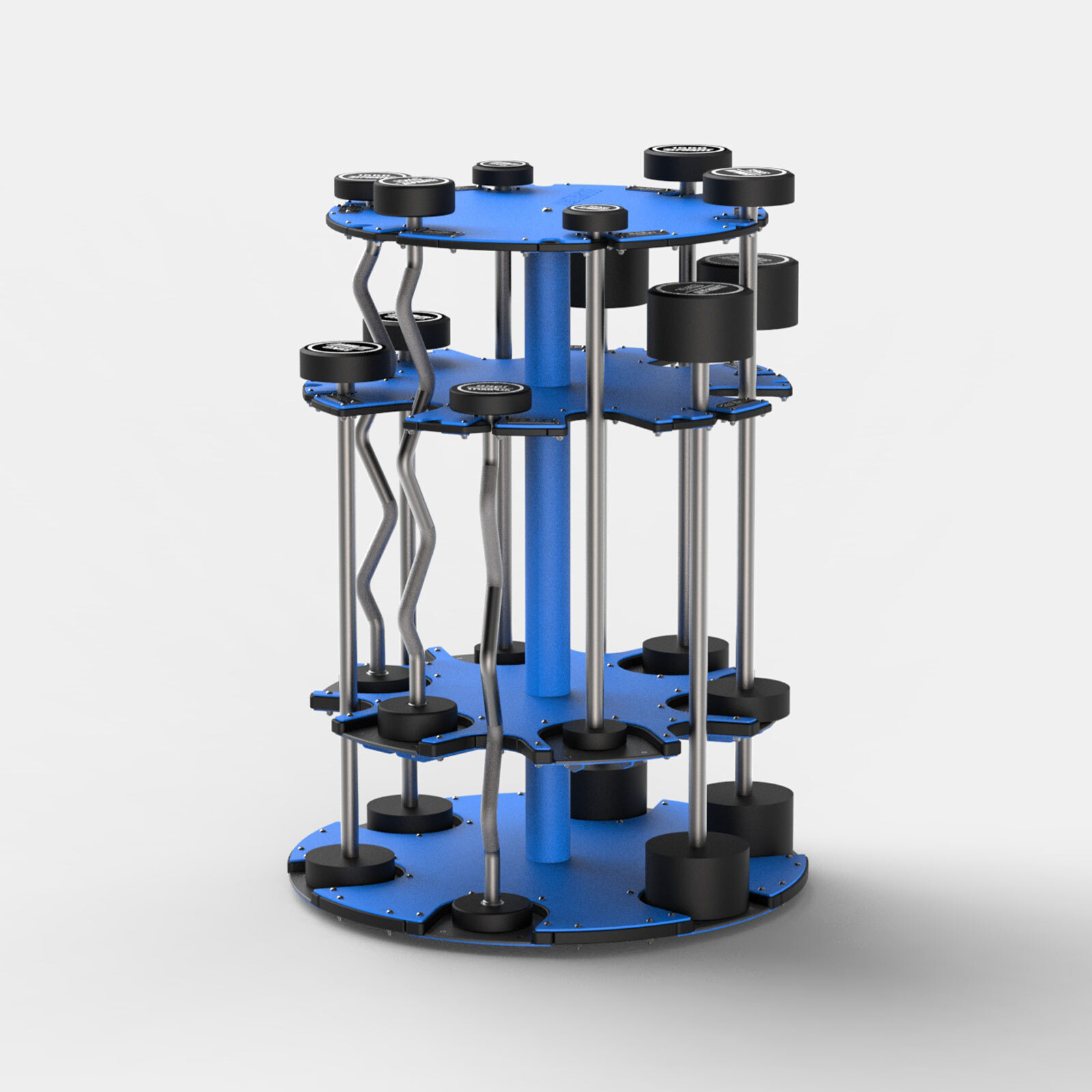
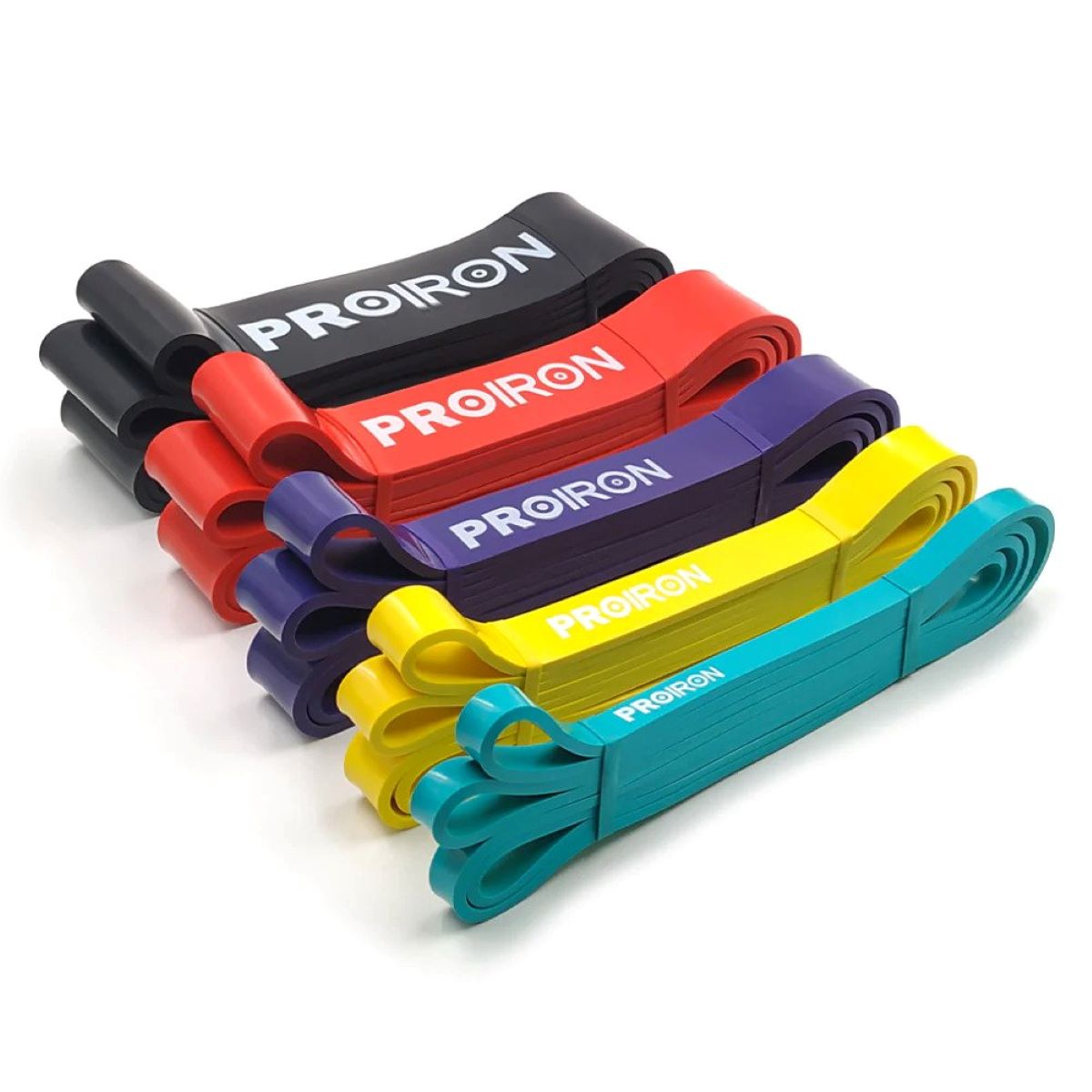

0 thoughts on “How To Store Sports Equipment”